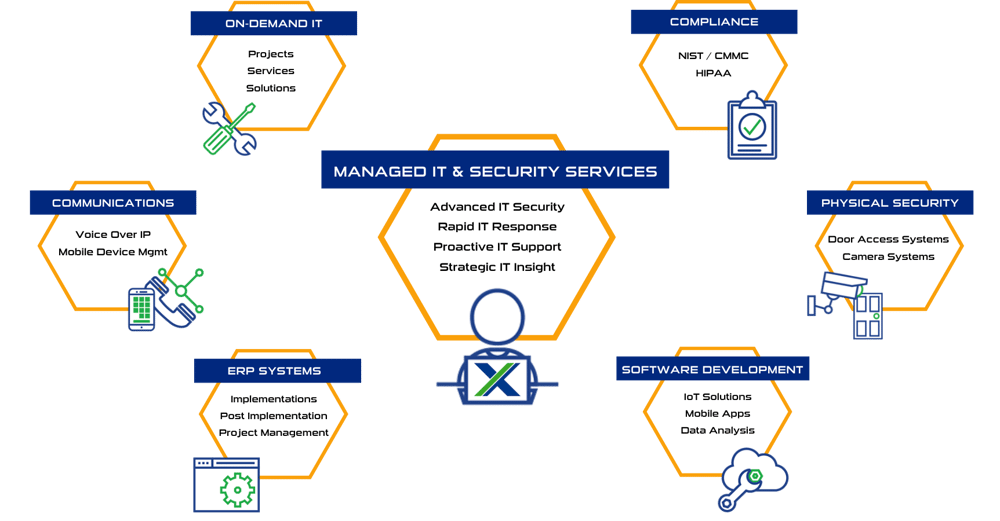Effective small security requires constant vigilance. Use robust monitoring tools and processes to continuously monitor email traffic, detect anomalies and suspicious activities, and respond promptly to potential security incidents.
What should you monitor though?
Email logs, server activity, and user behavior will help identify signs of unauthorized access, unusual patterns, or potential security breaches. Consider using security information and event management (SIEM) solutions to aggregate and analyze data from multiple sources and detect security threats in real-time.
Develop a comprehensive incident response plan to guide your business’s response to email security incidents. Define roles and responsibilities, establish how best to communicate when you can’t trust email, and outline step-by-step procedures for investigating and mitigating security breaches.
You can also conduct regular exercises and simulations to test the effectiveness of your incident response plan and ensure that your team is prepared to respond quickly and effectively if there is a problem. Regularly assess and audit your email security controls to identify vulnerabilities and areas for improvement.


